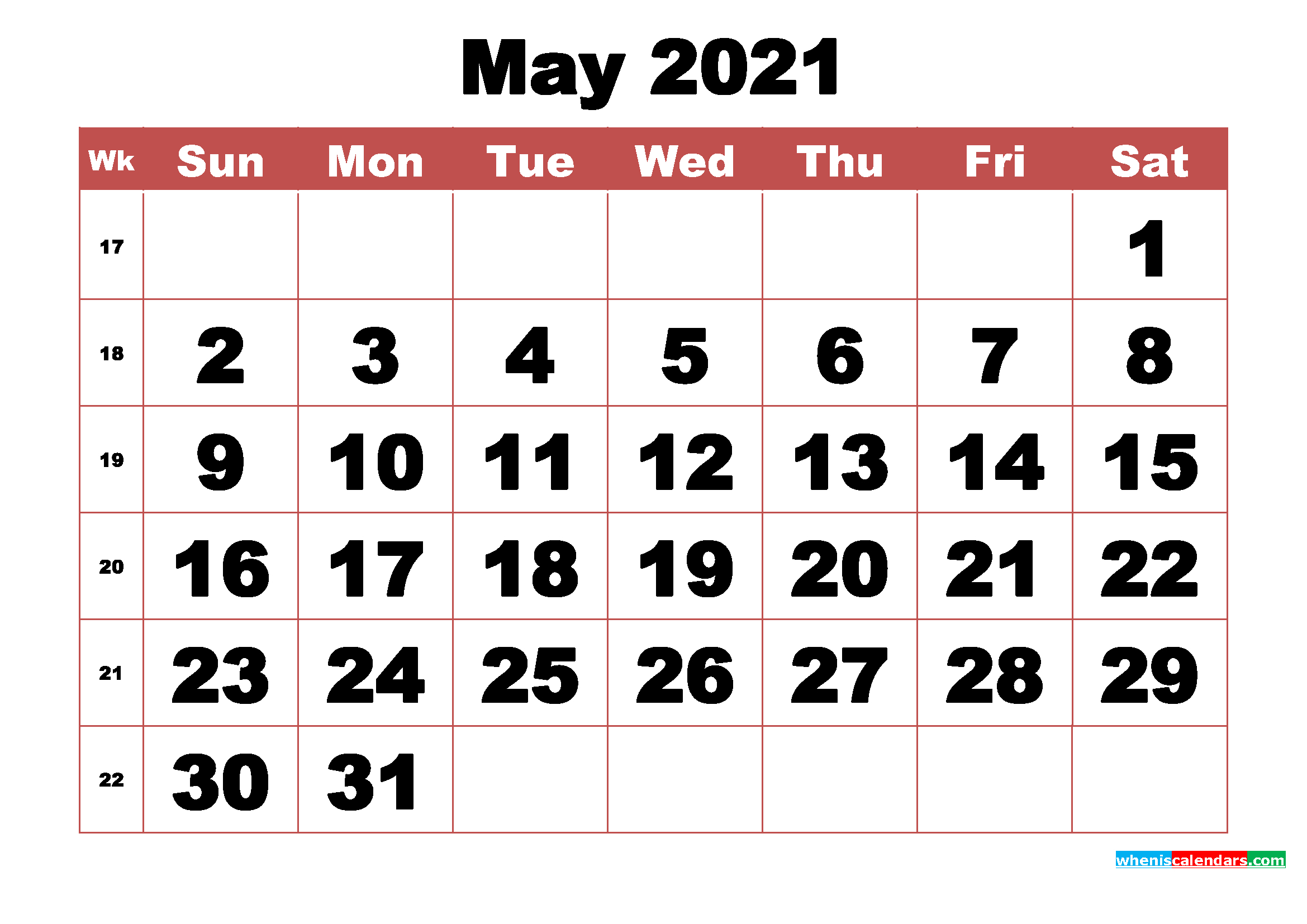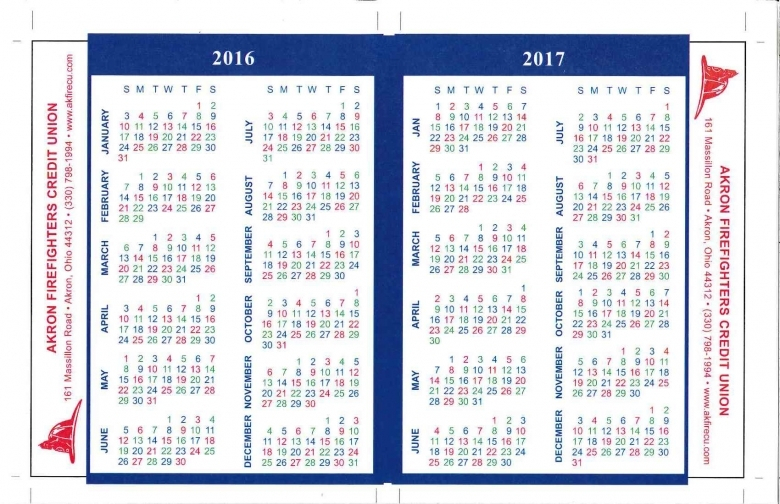Step into the world of HFD shift calendars, where planning and scheduling become effortless. Whether you’re navigating the complexities of HFD operations or simply seeking a comprehensive understanding of shift management, this guide will equip you with the knowledge and tools to master the art of shift scheduling.
From creating and managing HFD shift calendars to leveraging technology and adhering to legal considerations, we’ll delve into every aspect of this essential tool. Get ready to optimize your scheduling, enhance employee satisfaction, and elevate your HFD operations to new heights.
HFD Shift Calendar Overview
An HFD shift calendar is a crucial tool for managing the schedules of firefighters and other emergency responders. It ensures that there are always enough personnel on duty to respond to emergencies while also providing firefighters with a predictable and consistent work schedule.
There are several different types of shift schedules used in HFD, each with its own advantages and disadvantages. Some of the most common shift schedules include:
24-Hour Shifts
- Firefighters work 24-hour shifts, followed by 48 hours off.
- This schedule is common in smaller fire departments and provides firefighters with a lot of time off.
- However, it can also be challenging for firefighters to maintain a regular sleep schedule and can lead to burnout.
12-Hour Shifts
- Firefighters work 12-hour shifts, followed by 12 hours off.
- This schedule is common in larger fire departments and provides firefighters with a more regular sleep schedule.
- However, it can also be more difficult to staff fire stations during peak hours.
8-Hour Shifts
- Firefighters work 8-hour shifts, followed by 16 hours off.
- This schedule is less common in HFD, but it can provide firefighters with a more predictable and consistent work schedule.
- However, it can also be more difficult to staff fire stations during peak hours.
The best shift schedule for a particular HFD will depend on the size of the department, the number of firefighters available, and the level of service that the department is required to provide.
Creating an HFD Shift Calendar

Creating an HFD shift calendar is essential for managing staff schedules, ensuring compliance, and optimizing efficiency. Here’s a step-by-step guide to help you create an effective HFD shift calendar:
1. Determine Staffing Needs
Start by determining the number of staff members required for each shift. Consider factors such as patient volume, staffing ratios, and coverage requirements.
2. Establish Shift Patterns
Define the specific shift patterns, such as 8-hour, 10-hour, or 12-hour shifts. Consider the work preferences of staff members and the operational needs of the department.
3. Create a Master Calendar
Create a master calendar that Artikels the scheduled shifts for all staff members. Use a spreadsheet or scheduling software to track shifts, absences, and other relevant information.
4. Assign Shifts
Assign shifts to staff members based on their availability, qualifications, and preferences. Ensure that staff members are appropriately trained and certified for the shifts they are assigned to.
5. Manage Absences
Establish a system for managing absences, such as sick leave or vacation requests. Use the master calendar to track absences and make adjustments to the schedule as needed.
6. Monitor Compliance
Regularly review the shift calendar to ensure compliance with labor laws, union agreements, and other applicable regulations.
7. Optimize Efficiency, Hfd shift calendar
Continuously review the shift calendar and make adjustments to improve efficiency. Consider factors such as staff workload, patient flow, and resource utilization.
Tips for Optimization
- Use color-coding or other visual cues to highlight important information on the calendar.
- Automate shift scheduling and absence management processes to save time and reduce errors.
- Encourage staff members to provide input on the shift calendar to ensure their needs are met.
- Regularly review and adjust the shift calendar to adapt to changing patient volumes and operational needs.
Managing an HFD Shift Calendar

Managing an HFD shift calendar can be a challenging task, but it is essential to ensure that the department is able to provide adequate staffing for all shifts. There are a number of challenges that can arise when managing an HFD shift calendar, including:
- Ensuring that the calendar is up-to-date and accurate
- Accommodating the needs of all employees
- Dealing with unexpected events
There are a number of best practices that can be followed to help keep an HFD shift calendar up-to-date and accurate. These include:
- Using a software program or spreadsheet to manage the calendar
- Reviewing the calendar regularly and making updates as needed
- Communicating with employees to ensure that they are aware of any changes to the schedule
It is also important to be able to accommodate the needs of all employees when creating a shift calendar. This includes considering the following factors:
- Employee availability
- Employee preferences
- Employee seniority
Finally, it is important to be able to deal with unexpected events that may arise, such as:
- Employee absences
- Equipment failures
- Natural disasters
By following these best practices, you can help to ensure that your HFD shift calendar is up-to-date, accurate, and meets the needs of your department.
Using an HFD Shift Calendar
An HFD shift calendar is an essential tool for planning and scheduling shifts. It helps ensure adequate staffing levels and minimize overtime.
To use the calendar, start by creating a list of all employees and their availability. Then, enter the required shifts for each day and week. The calendar will automatically generate a schedule that meets the staffing requirements while minimizing overtime.
Managing Staffing Levels
- The calendar can be used to ensure that there are always enough staff on duty to meet the needs of the department.
- By tracking employee availability, the calendar can help to identify potential staffing shortages and take steps to address them.
- The calendar can also be used to create flexible schedules that allow employees to balance their work and personal lives.
Minimizing Overtime
- The calendar can be used to track overtime hours and identify employees who are working excessive overtime.
- By planning shifts in advance, the calendar can help to reduce the need for overtime.
- The calendar can also be used to create schedules that allow employees to take time off to rest and recharge.
Technology for HFD Shift Calendars

Shift calendars can be managed using a variety of technological tools. These tools can help to streamline the process of creating, managing, and sharing shift calendars, and can make it easier to track employee availability and time off requests.
The hfd shift calendar is a useful tool for managing your work schedule. If you’re looking for a more specific calendar, you might want to check out the aldine district calendar . This calendar provides information on school events, holidays, and other important dates for the Aldine district.
Once you’ve found the right calendar for your needs, be sure to add it to your favorites so you can easily access it whenever you need it.
Software and Apps
There are a number of software programs and apps available that can be used to create and manage shift calendars. These programs can range from simple spreadsheet applications to more complex software that includes features such as time tracking, employee scheduling, and payroll processing.Some
of the most popular software programs and apps for managing shift calendars include:
- Google Calendar
- Microsoft Outlook
- Apple Calendar
- Shiftboard
- When I Work
These programs can be used to create and manage shift calendars, track employee availability, and send out shift reminders. They can also be integrated with other software programs, such as payroll systems, to streamline the process of managing employee time and attendance.
HFD shift calendars provide valuable information about upcoming shifts and events. If you’re looking for a more specific calendar, check out the pickens county schools calendar . It’s a great resource for staying organized and informed about school events and holidays.
After checking out the pickens county schools calendar, be sure to return to the HFD shift calendar for the latest updates on your work schedule.
Legal and Regulatory Considerations

Ensuring compliance with legal and regulatory requirements is crucial for HFD shift calendars. These requirements vary depending on jurisdiction, but generally include:
- Fair Labor Standards Act (FLSA): Regulates overtime pay, minimum wage, and recordkeeping.
- Occupational Safety and Health Act (OSHA): Establishes safety standards for workplaces, including shift work.
- Collective Bargaining Agreements (CBAs): Agreements between HFD unions and management that may specify shift schedules and overtime rules.
- Local ordinances: May impose additional regulations on shift work, such as noise or light restrictions.
Ensuring Compliance
To ensure compliance, HFDs should:
- Review and understand all applicable laws and regulations.
- Consult with legal counsel for guidance.
- Develop clear and concise shift schedules that adhere to legal requirements.
- Maintain accurate and up-to-date records of employee hours worked.
- Provide training to supervisors and employees on legal compliance.
Best Practices for HFD Shift Calendars
Creating and managing an HFD shift calendar effectively is crucial for maintaining a well-functioning and satisfied workforce. Here are some best practices to optimize your HFD shift calendar:
Involve stakeholders in the planning process to ensure their needs and preferences are considered.
Communication and Transparency
Establish clear communication channels to keep employees informed about shift schedules and any changes. Ensure transparency in the scheduling process to build trust and minimize conflicts.
Flexibility and Accommodation
Allow for flexibility in shift scheduling to accommodate employee preferences and personal commitments. Consider offering options for shift swaps, overtime, and time off to enhance employee satisfaction.
Work-Life Balance
Prioritize work-life balance by considering employees’ personal schedules and family obligations when creating shift schedules. Avoid scheduling consecutive long shifts or shifts that interfere with important personal events.
Employee Input and Feedback
Regularly seek feedback from employees on the shift calendar and make adjustments based on their suggestions. This demonstrates that their opinions are valued and helps improve the overall scheduling process.
Use of Technology
Utilize technology to streamline the shift scheduling process and improve communication. Consider using automated scheduling software, mobile apps, or online platforms to facilitate shift management and employee access.
Legal and Regulatory Compliance
Ensure compliance with all applicable labor laws and regulations related to shift work. This includes adhering to maximum work hours, rest periods, and overtime compensation requirements.
Common Queries
What is the purpose of an HFD shift calendar?
An HFD shift calendar is a tool used to plan, schedule, and manage the work shifts of employees in a healthcare facility.
What are the different types of shift schedules used in HFD?
Common shift schedules in HFD include 12-hour shifts, 8-hour shifts, and rotating shifts.
How do I create an HFD shift calendar?
To create an HFD shift calendar, determine staffing needs, consider employee preferences, and follow legal and regulatory requirements.
What are the challenges of managing an HFD shift calendar?
Challenges include accommodating employee availability, ensuring compliance, and handling last-minute changes.
How can I use an HFD shift calendar to improve efficiency?
By optimizing shift schedules, reducing overtime, and improving communication, HFD shift calendars can enhance efficiency.